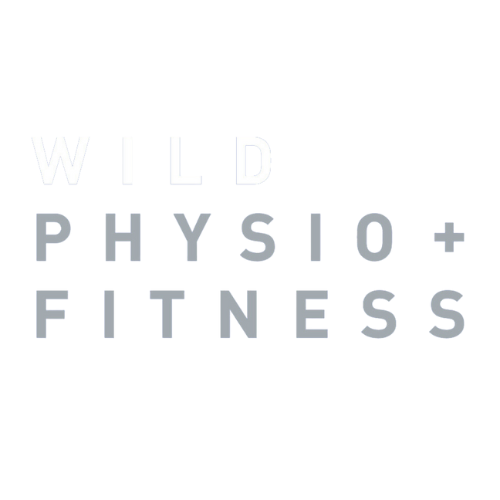You would have likely seen someone struck with an excruciating muscle cramp before or, unluckily, experienced one yourself.
Exercise-associated muscle cramps are painful, involuntary contractions of muscles during or shortly after exercise. These cramps usually occur in muscles that span multiple joints and are frequently used during exercise, such as the calves.
Due to limited and conflicting research, there is still much confusion and debate regarding the cause, treatment and prevention of muscle cramps. Two leading theories are that they are caused by dehydration and electrolyte imbalance, or altered neuromuscular control. Some speculate that the cause is more complex and multifactorial.
Despite the unclear underlying pathophysiology, below are some of the options that Miller and colleagues (2022) recommended for or against based on current research.
Treatment of exercise-associated muscle cramps
- [Grade A] Apply a gentle static stretch to the muscle cramp until it abates.
- [Grade B] Food items that contain transient receptor potential activators (e.g., vinegar, capsaicin), like pickle juice, may help to relieve muscle cramps. If used, these should be used infrequently and in small volumes (<100 mL). They should only be attempted in people without related food allergies.
-
[Grace C] Once the muscle cramp has abated, the individual may consider in the hours after initial episode (to reduce the risk of recurrence):
- resting in a comfortable position
- continued gentle stretching as necessary
- drinking fluids containing carbohydrates and electrolytes, as desired
- pain-relieving treatments, such as ice and massage, if desired.
- [Grade A] Quinine or products containing quinine (e.g., tonic water) should not be administered.
Prevention of exercise-associated muscle cramps
- [Grace C] Evaluate the individual for underlying general medical conditions, allergies or medication usage that may contribute to muscle cramp occurrence.
- [Grace C] Question the individual with a muscle cramp history to identify their unique risk factors and then target those risk factors with appropriate interventions.
- [Grade B] Incorporate neuromuscular re-education, plyometrics or strength training into training sessions when neuromuscular fatigue may be a contributing factor.
- [Grade B] Train at intensities and in environments (e.g., temperature, altitude) similar to those in competition.
- [Grace C] Include suitable rest periods after training and competition.
- [Grace C] Learn about the various causes of muscle cramps, and safe hydration and drinking behaviours before beginning a muscle cramp prevention strategy.
- [Grace C] Consume a nutritious, well-balanced diet that accounts for individual carbohydrate, electrolyte and fluid needs before training and competitions.
- [Grace C] Consume carbohydrates or a carbohydrate-electrolyte drink during exercise.
- [Grace C] Identify individual fluid and electrolyte needs based on sweat rates and composition to avoid underhydration or overhydration, or insufficient or excessive electrolyte supplementation if fluid and electrolyte monitoring is included in a muscle cramp prevention strategy.
- Static stretching appears to be ineffective.
- Magnesium supplements, despite being commonly promoted, do not offer clinically meaningful benefits (cramp frequency, intensity or duration) compared to placebo.1
The authors developed these recommendations based on the Strength of Recommendation Taxonomy grading scale:
- Grade A = consistent and good quality patient-oriented evidence
- Grade B = inconsistent or limited quality patient-oriented evidence; and
- Grace C = consensus, usual practice, opinion, disease-oriented evidence, or case series for studies of diagnosis, treatment, prevention, or screening.2
Like with many other health-related conditions, more research is needed. Much of the evidence on exercise-associated muscle cramps is not strong, such as anecdotal evidence.
As always, consult with a trusted healthcare practitioner for advice specific to you.
--
References:
- Miller et al. (2022) (PMID: 34185846)
- Ebell et al. (2004) (PMID: 15014055)






